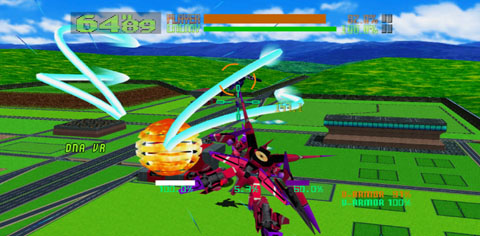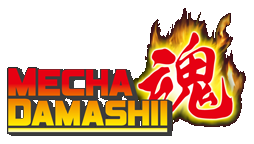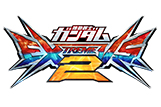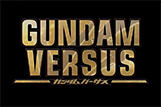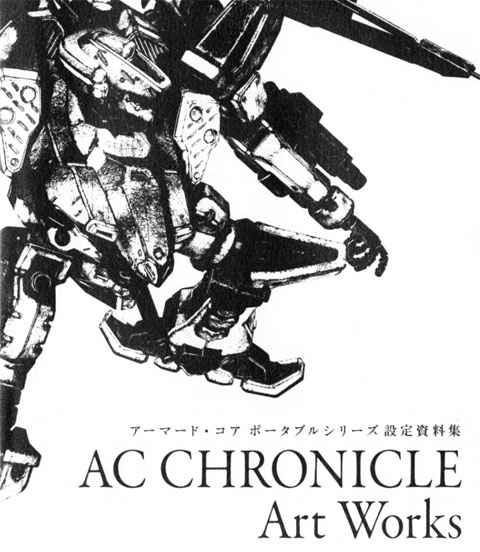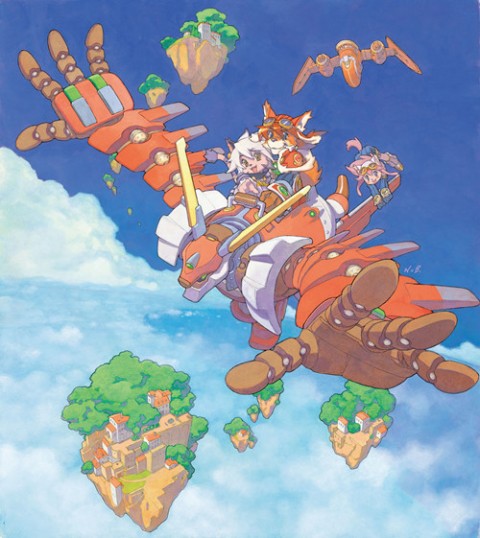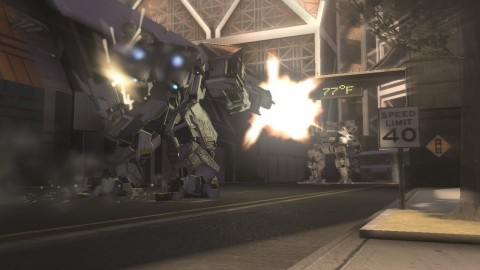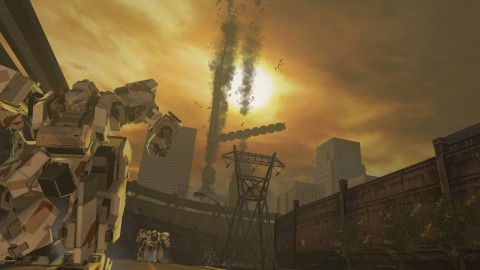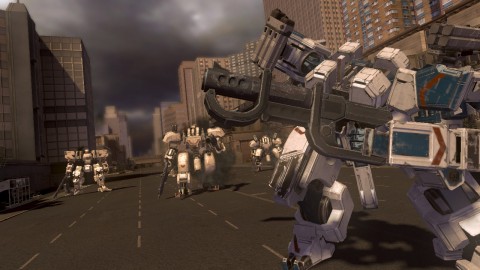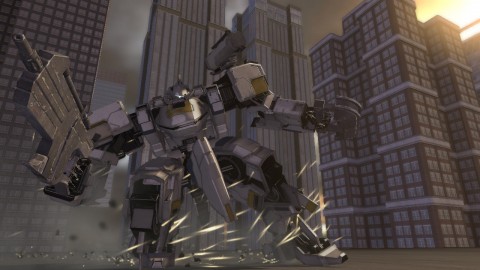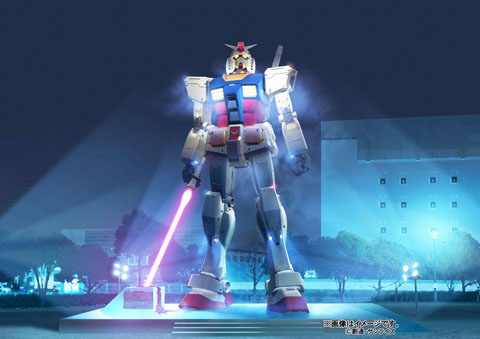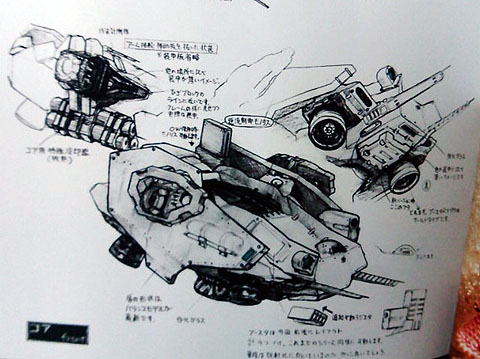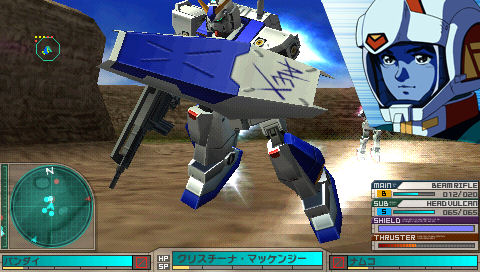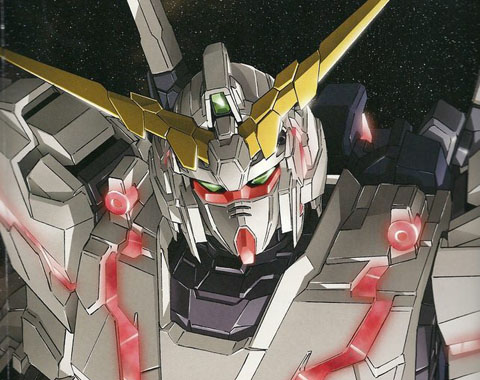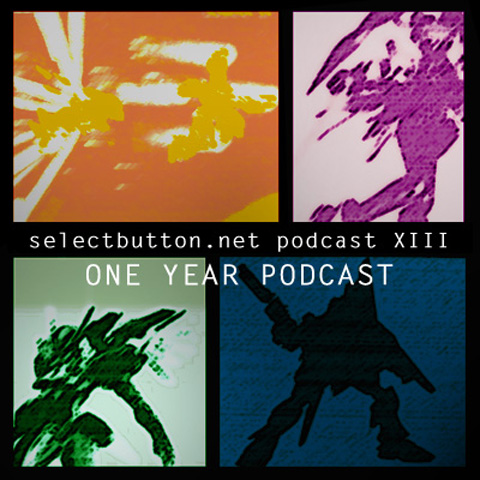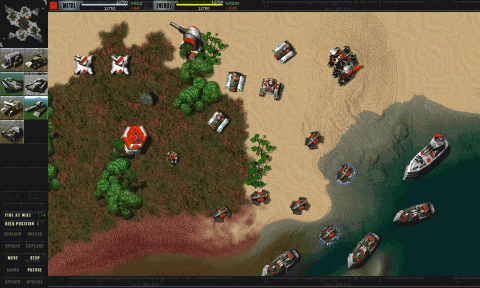
It’s a good time to be a Supreme Commander fan. Supreme Commander 2 was just released and now Stardock’s Impulse service is selling Total Annihilation for $9.99.
Total Annihilation was a real-time strategy game released all the way back in 1997, considered to have been ahead of its time and which won considerable acclaim from critics. However, the game never gained quite the foothold or presence that Starcraft did in the minds of the average gamer, and remains mostly a forgotten classic, only living on in occasional critics’ lists of favorites and in the free Spring RTS engine, an attempt by fans to clone the original Total Annihilation’s gameplay (anything with a Gundam RTS mod deserves mention).
Supreme Commander was a “spiritual successor” to Total Annihilation, an attempt to bring its massive scale of combat, large selection of units, an interesting economy/base construction model, and the crowd-pleasing nuclear superweapons back into the minds of gamers, and it being re-released at the time that Supreme Commander is getting its own sequel allows fans to relive history as they step into the future.
More importantly, though, Total Annihilation’s early geometric 3D mecha are simply way, way cool. Most early 3D is considered terrible by the standards of today, but the low-poly units of Total Annihilation seemed to have been designed with the day’s limitations in mind, and thus they still hold up today as somewhat abstract art. The tanks and mecha in Total Annihilation ooze style out of every jaggy line.
Both games feature a “Commander” unit, a giant mecha, which uses atomic-level manufacturing to build an entire economy on far-off planets literally from the ground up, which is an interesting inversion on how mecha usually are used in games: the “Commander” is more or less the player character, and while their large mecha is by no means weak, it’s a central unit because of its production capabilities, and not because of its arsenal, which as a mecha fan I always thought was a nice way to work the idea of a “hero mecha” into an RTS, because you can relate to the Commander mecha’s role as, well, a Commander on the battlefield rather than as simply a powerful named “hero” unit as exist in most other RTSes.



